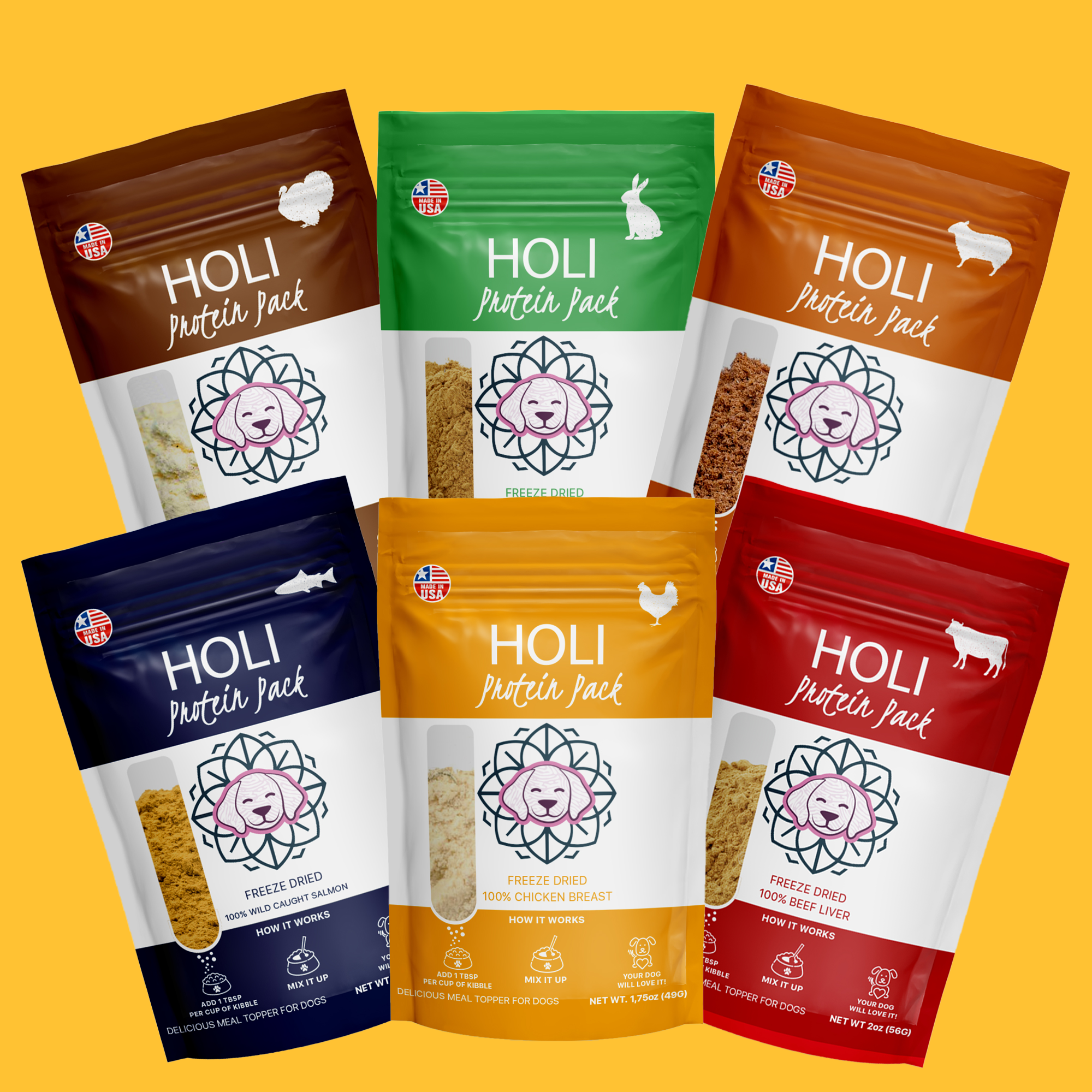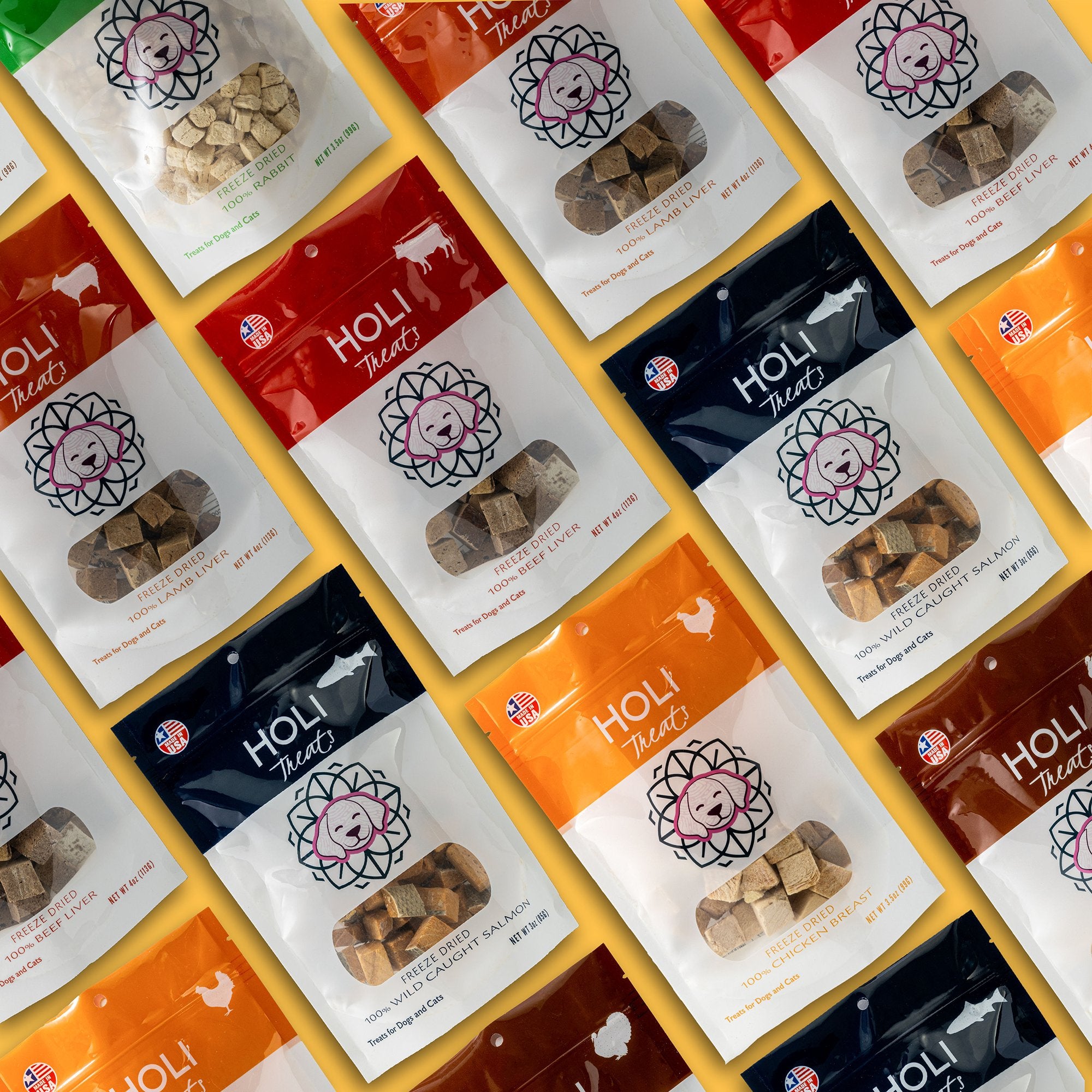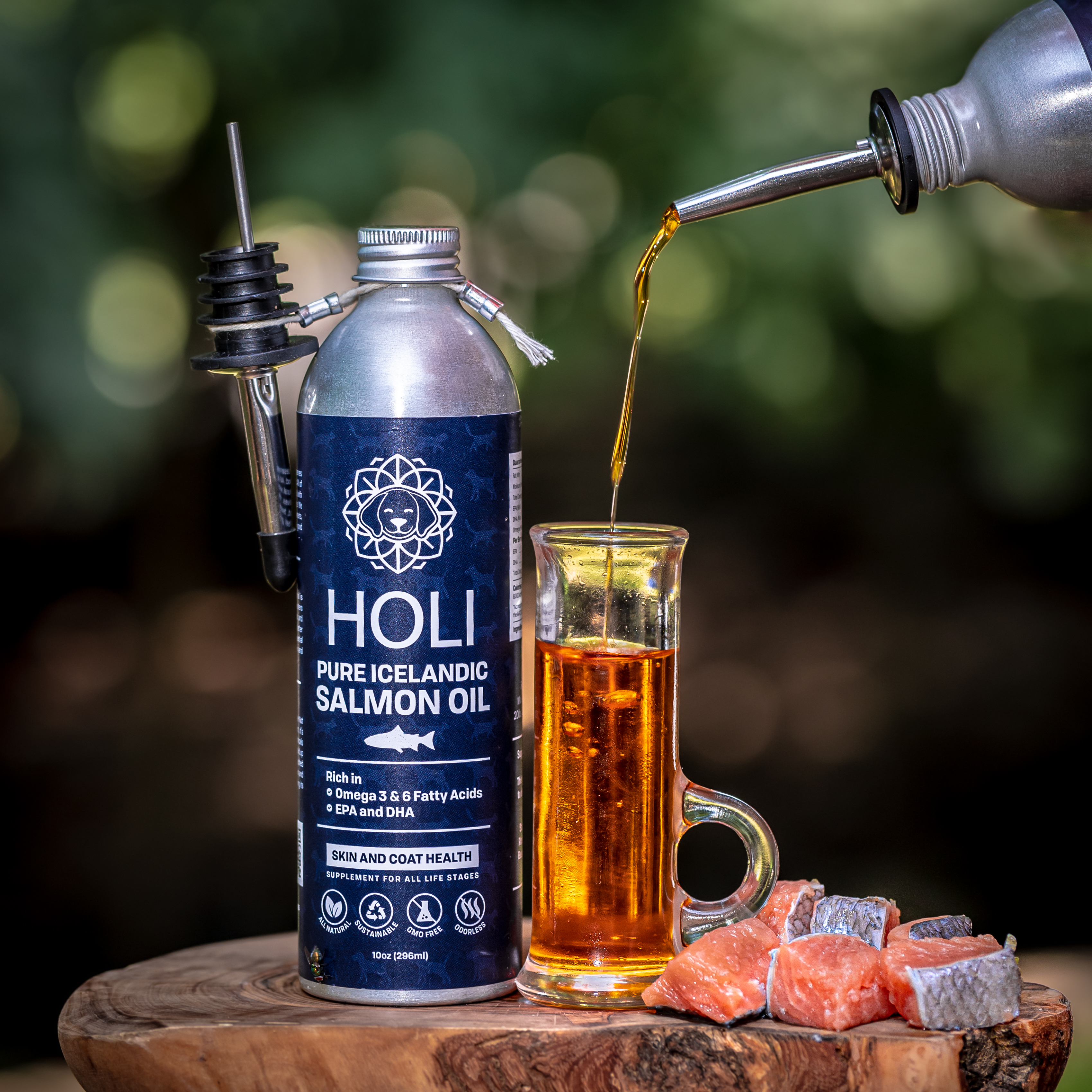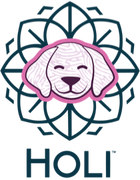Treating Your New Puppy's Separation Anxiety
New puppies: adorable, sweet, OVERWHELMING. Especially when it comes to that first time you want to enjoy dinner out, or have to run an emergency errand. How do you make sure your puppy is going to be okay? Will they howl or bark? Chew something up? Those shoes are brand new. Ensuring your pup doesn’t have separation anxiety is so important for your livelihood and their happiness. Unfortunately for us, our dogs will not get to be attached to us 24/7. We talked with a trainer to help us with our dogs’ separation anxiety (and ours from them!).
Yay, you've caught it early! It’s easier to prevent separation anxiety before it gets out of hand than to try and address it later on in life. Fear not if your dog is one to start pacing when you put your shoes on; separation anxiety is treatable!
A few things to start off with are asking the questions:
- When does the anxiety start?
- What signs does my dog show that tell me they’re anxious?
- How often am I leaving them?
- Have they gotten enough exercise?
"A frozen treat will take them longer to finish, and the act of licking is soothing for dogs, which can put them at ease during stressful times. If you are not going to be crating your dog, you can follow the same steps in the space they’ll occupy while you’re gone."
For some, signs of anxiety start after you’ve left your home. Some dogs will start right as you’re leaving (feel guilty, much!?). Regardless of how long you leave, you’ll want to exercise your dog a bit beforehand. This can be anything from a two mile walk, dog park time, or just a 15 minute sniffy walk. This will tire your dog out a bit by giving them mental and physical stimulation.
Something that will help you is to act like you’re getting ready to leave. That includes everything. Putting your shoes on, grabbing your keys, rushing around, checking the ‘fit one more time (we see you!), whatever it is you normally do to leave. But instead of leaving, sit on the couch or grab a snack. This will start to desensitize your dog to the beginning parts of you leaving, which saves the buildup of anxiety. So instead of “every time mom or dad puts their coat on it means they’re leaving me!” it’s “okay, my parent is just doing their normal routine. No worries.”
The next thing to practice is CRATE. TRAINING. Crating is crucial to keeping anxiety at bay and keeping your dog safe. Dogs who have worked on crate training will most often enjoy it, and will have their own spot to go to relax. Keep crate time calming by offering a fillable toy with a high value Holi treat in or on it. We recommend a kong or lick mat with our single-ingredient treats mixed with a soft topper (we recommend mixing our protein packs with water!) A frozen treat will take them longer to finish, and the act of licking is soothing for dogs, which can put them at ease during stressful times. If you are not going to be crating your dog, you can follow the same steps in the space they’ll occupy while you’re gone.
When you give them their snack, you’re going to want to practice short spurts of time. Walk out the door to grab your mail and come right back. Go outside without getting ready. Grab a coffee across the street. You’ll want to start with 30 seconds max until they’re comfortable. Practice these short sessions every single day, even if there are times you leave for longer. When your dog is comfortable with these sessions, spend a bit more time. Dogs have a different concept of time than we do, and don’t normally notice the amount that has passed until we get back (which is why dogs get extra excited when they haven’t seen us in a while!), but won’t notice the difference between ten minutes and thirty once they’re comfortable. Giving them their high value Holi treats can help them to almost look forward to their alone time!
Additionally, our trainer always tries to practice independence in the home when you’re there. This can be as simple as putting them in their crate or a different room while you shower—although we all know how much our dogs love following us into the bathroom—or make dinner.
When you come back after being away, whether in the bathroom, grabbing the mail, or being at work, make your hellos calm and neutral. Getting too excited to see them when you get home can amp them up and make them think it was bad that you were gone! Don’t worry, you don’t have to totally ignore them when you come in. Just make it a little less hyper than you want to be—it’ll pay off, we promise!
So, the TL;DR? When working on separation anxiety prevention or treatment, you want to have:
- high-value Holi snacks
- interactive toys
- short lengths of time
- lots of training sessions
- ample exercise beforehand
- neutral hellos
Remember that separation anxiety likely won’t be cured after just a day or two, so stick to a routine and be patient, and you’ll have an independent and confident pup when you’re away! Good luck!
Our trainer’s recommendations:
https://www.feedholi.com/collections/protein-packs/products/variety-pack-land-lovers







